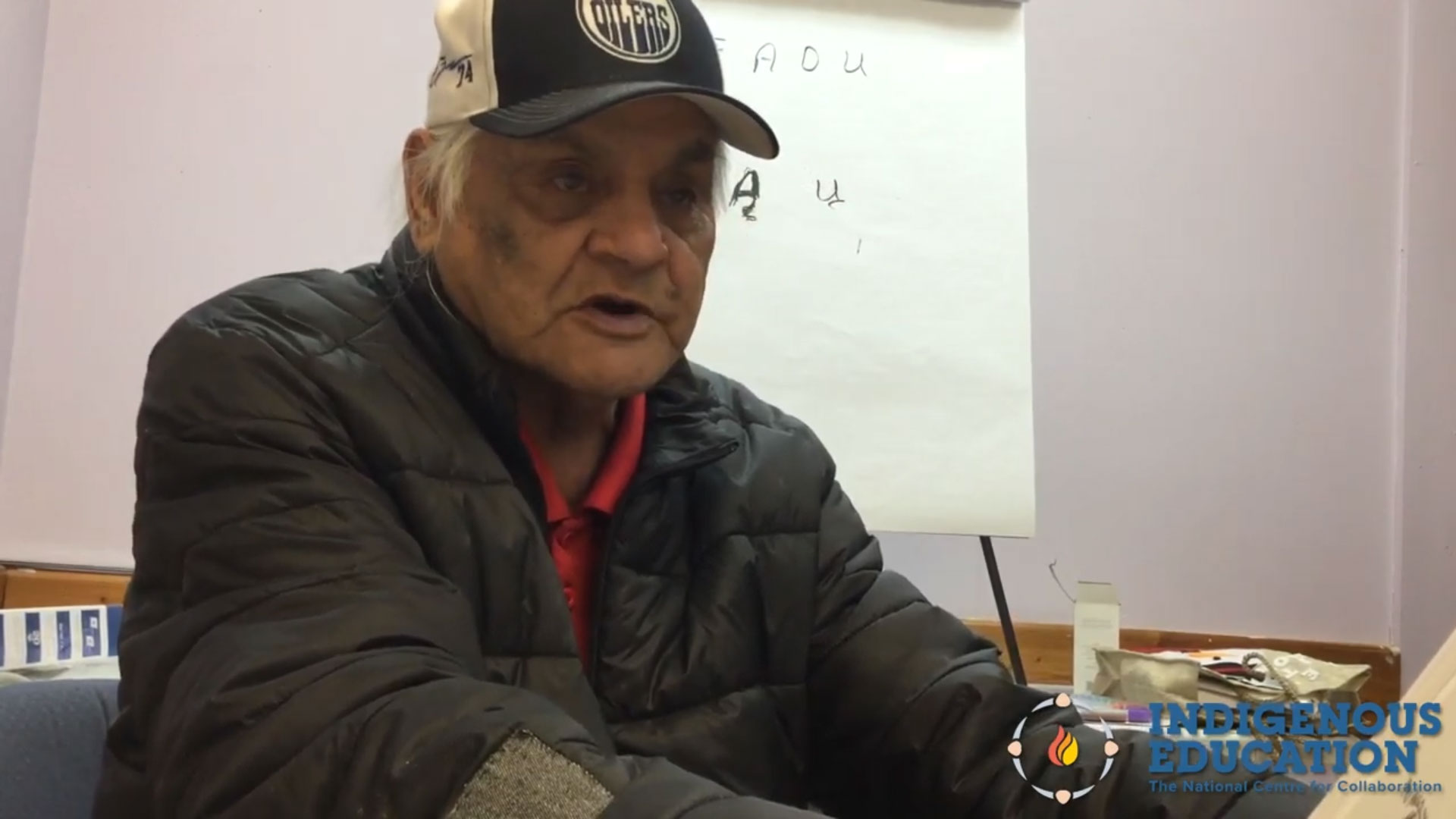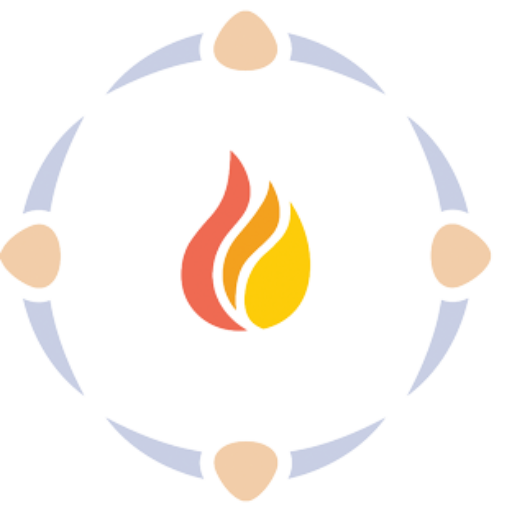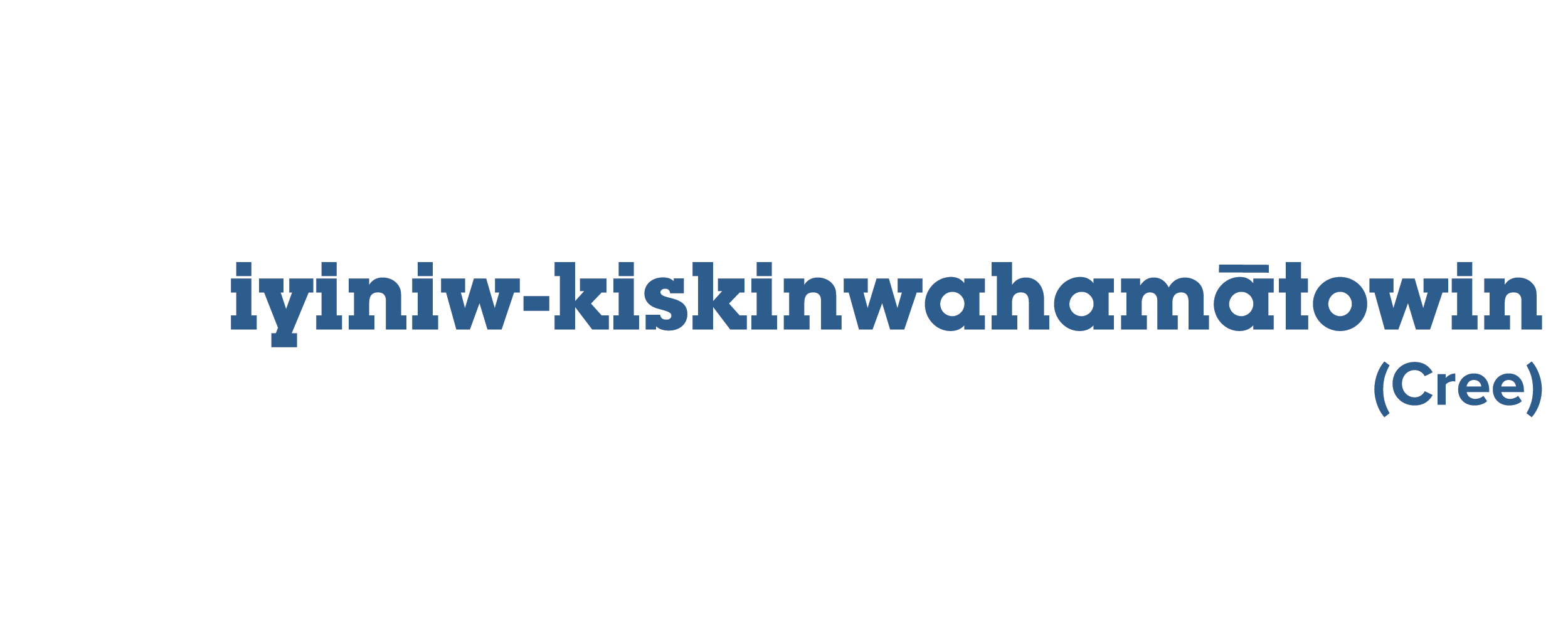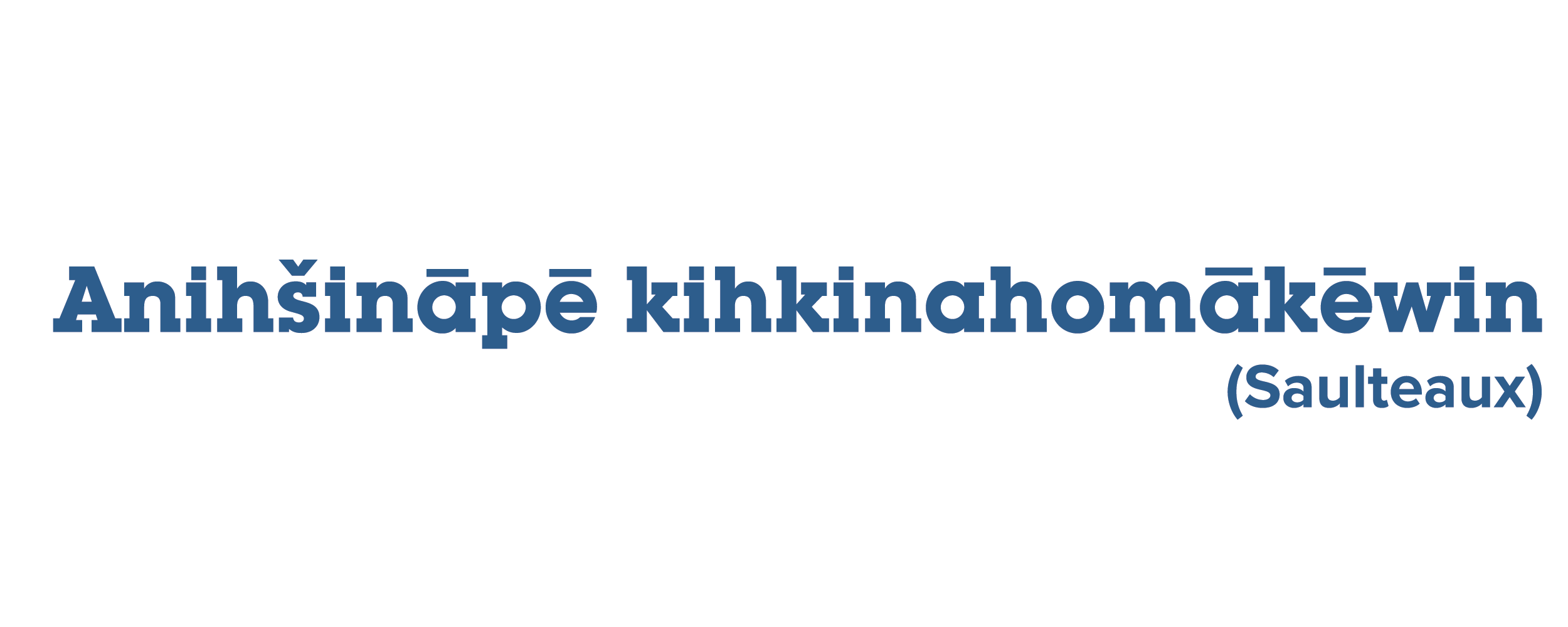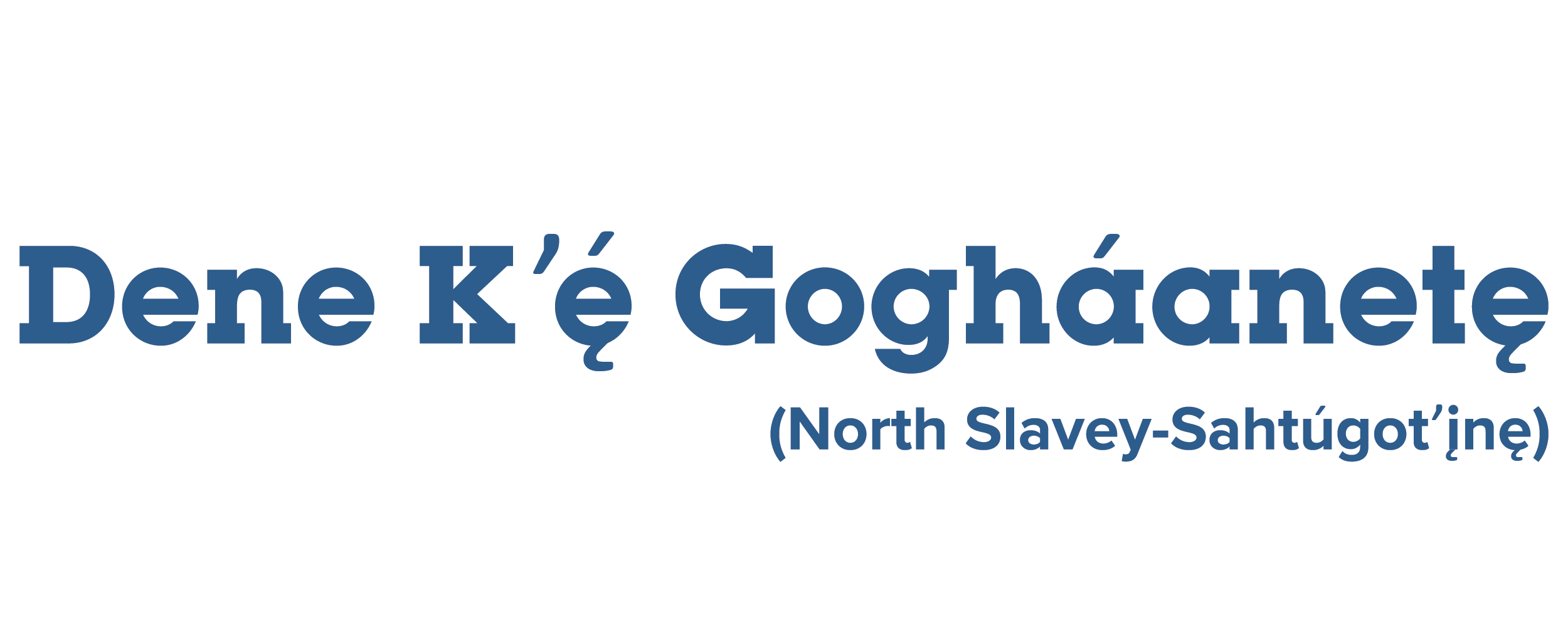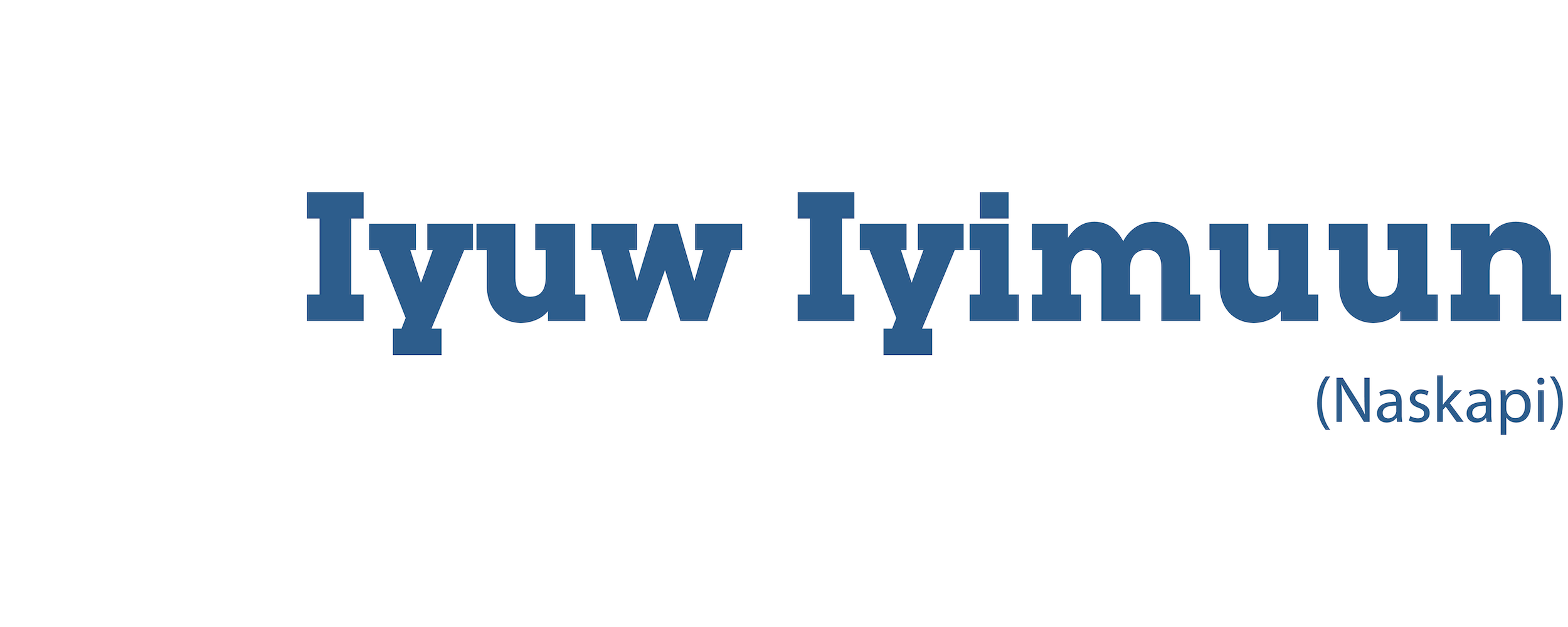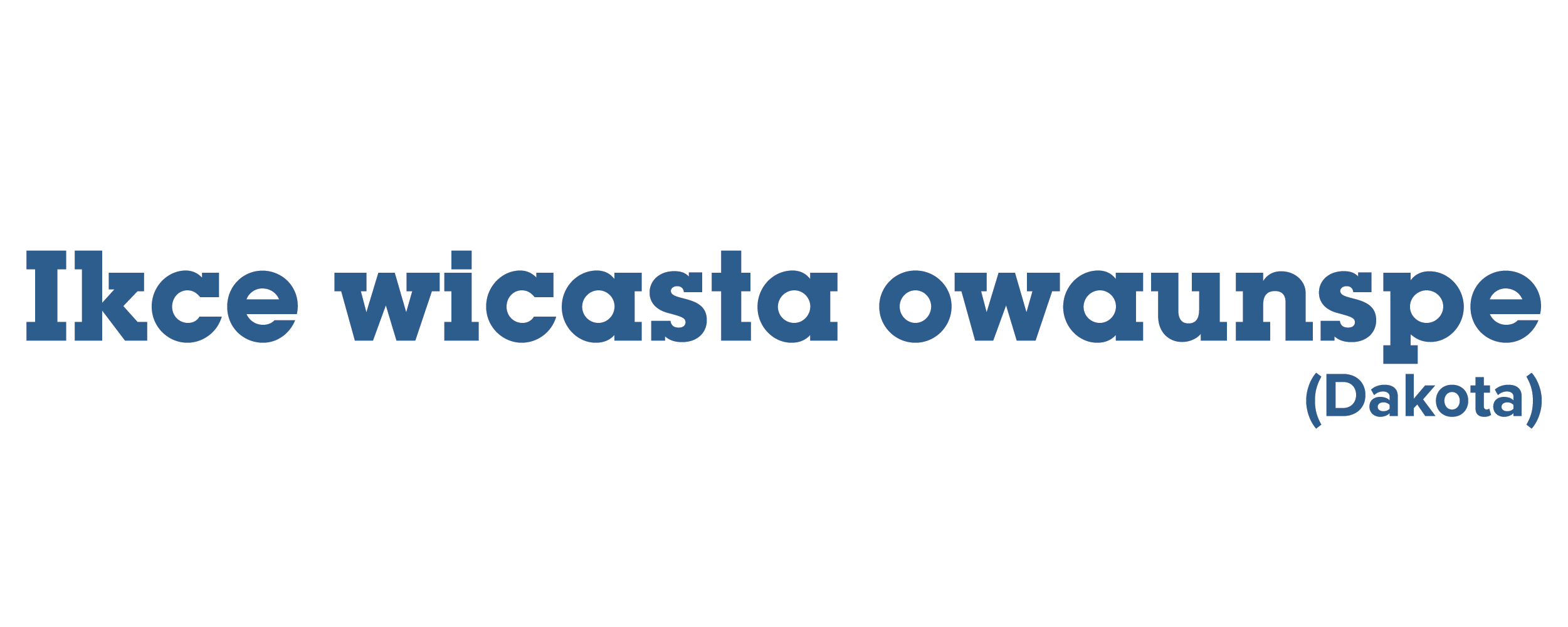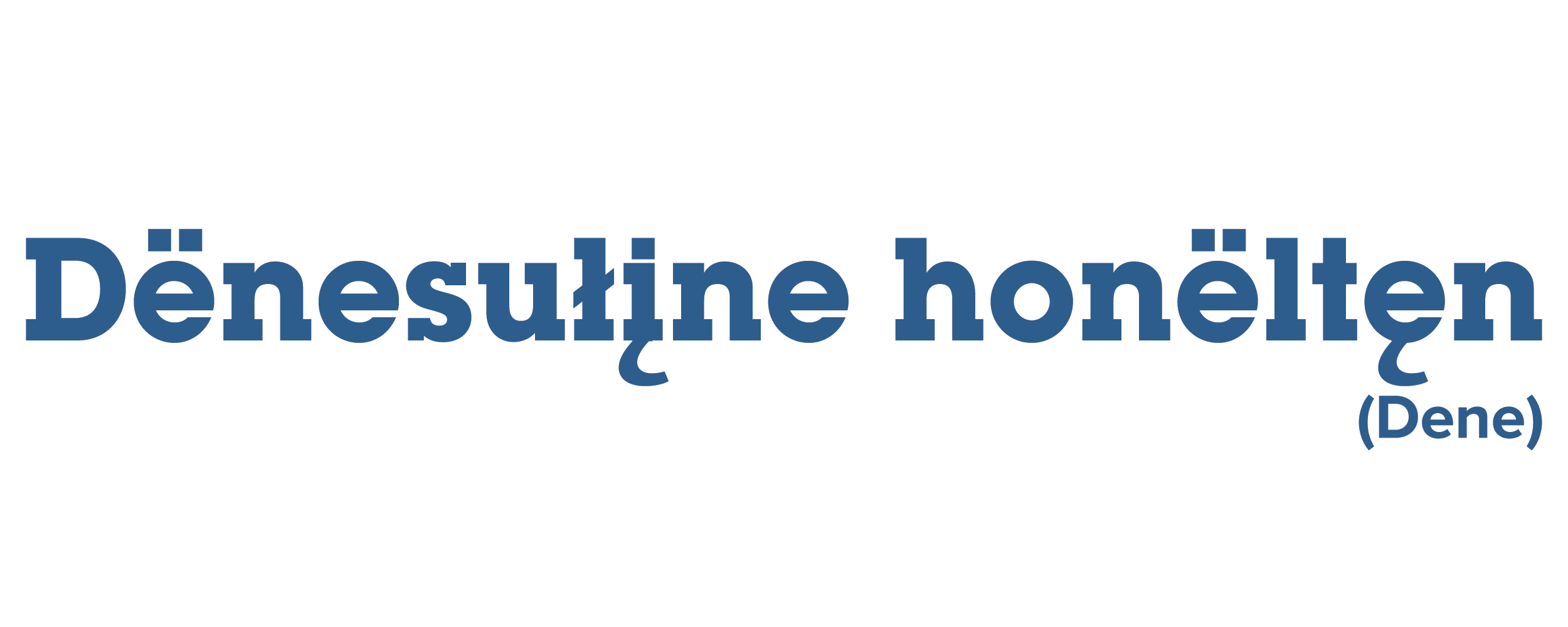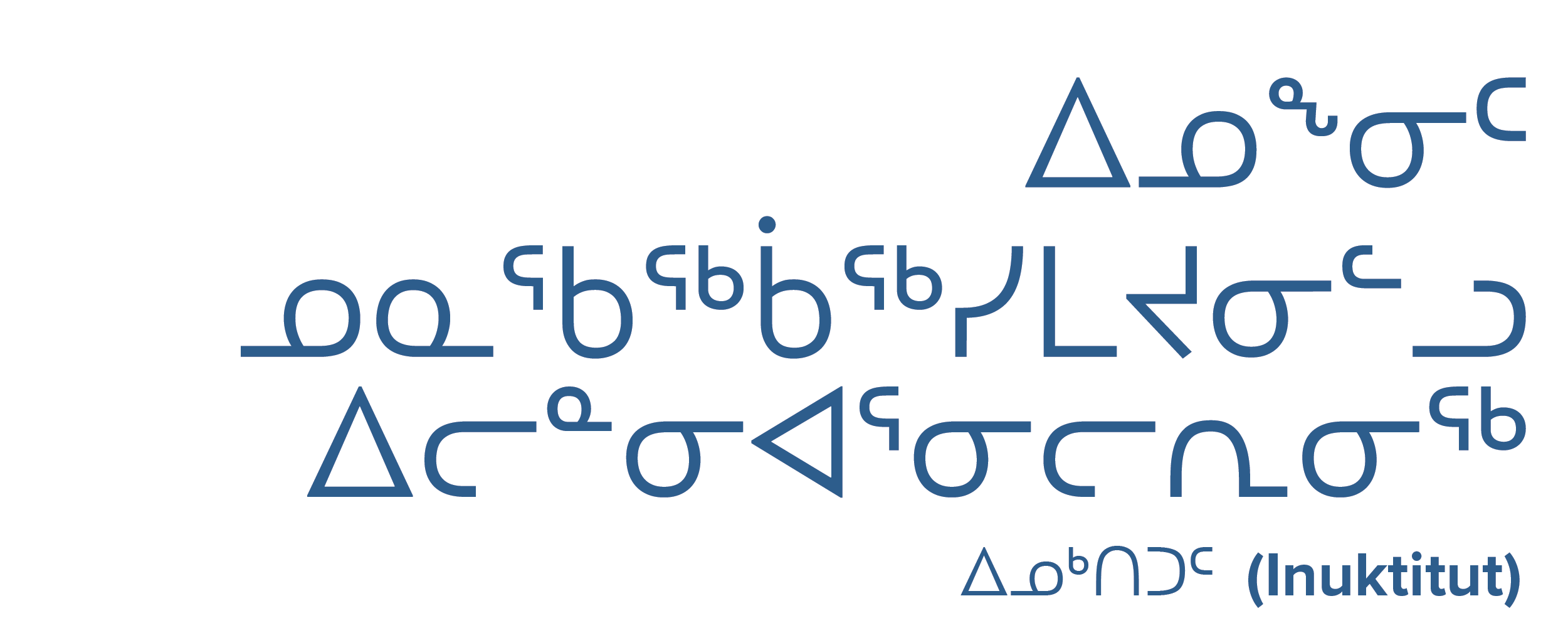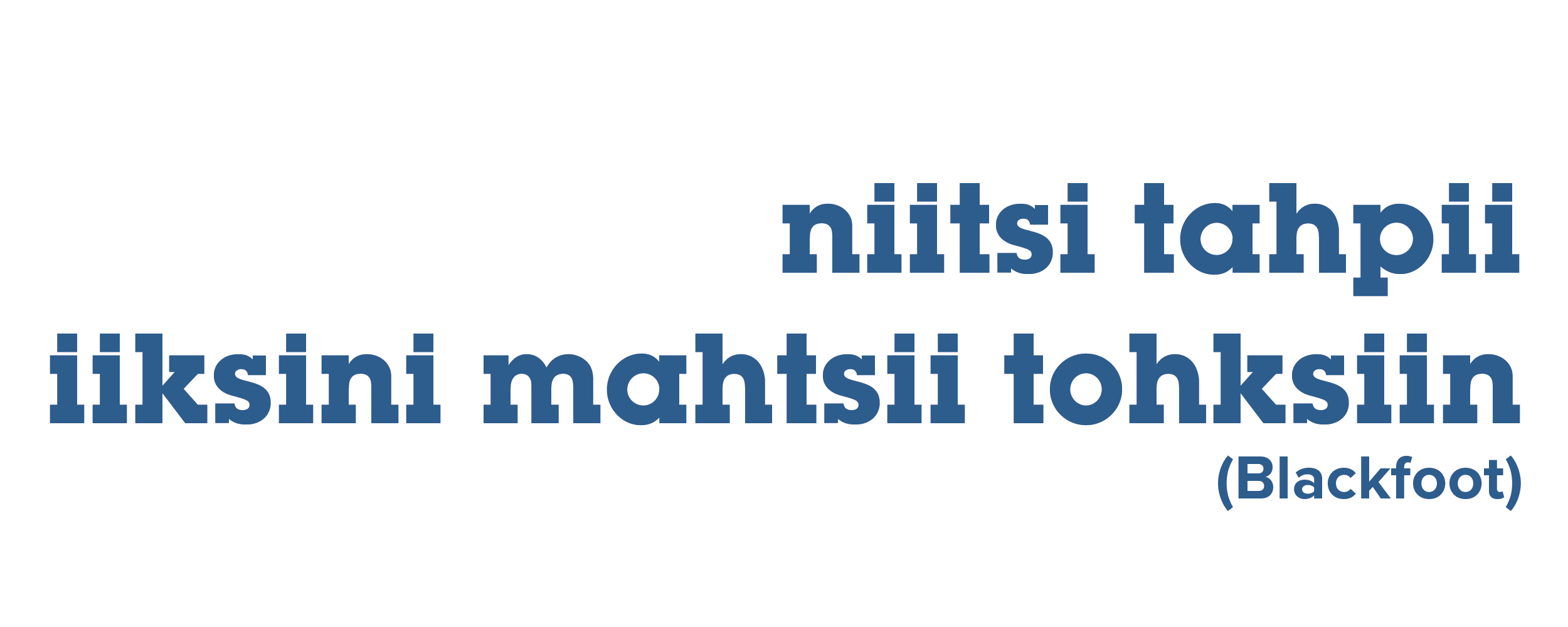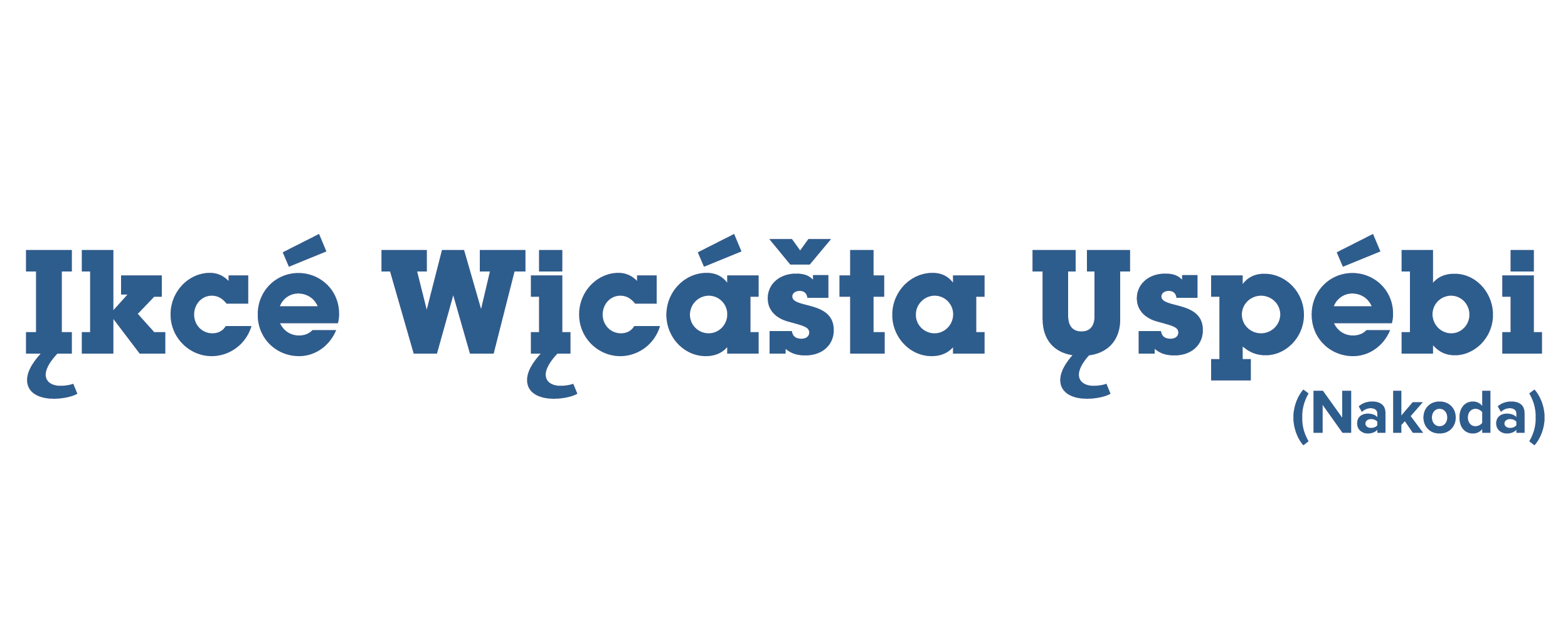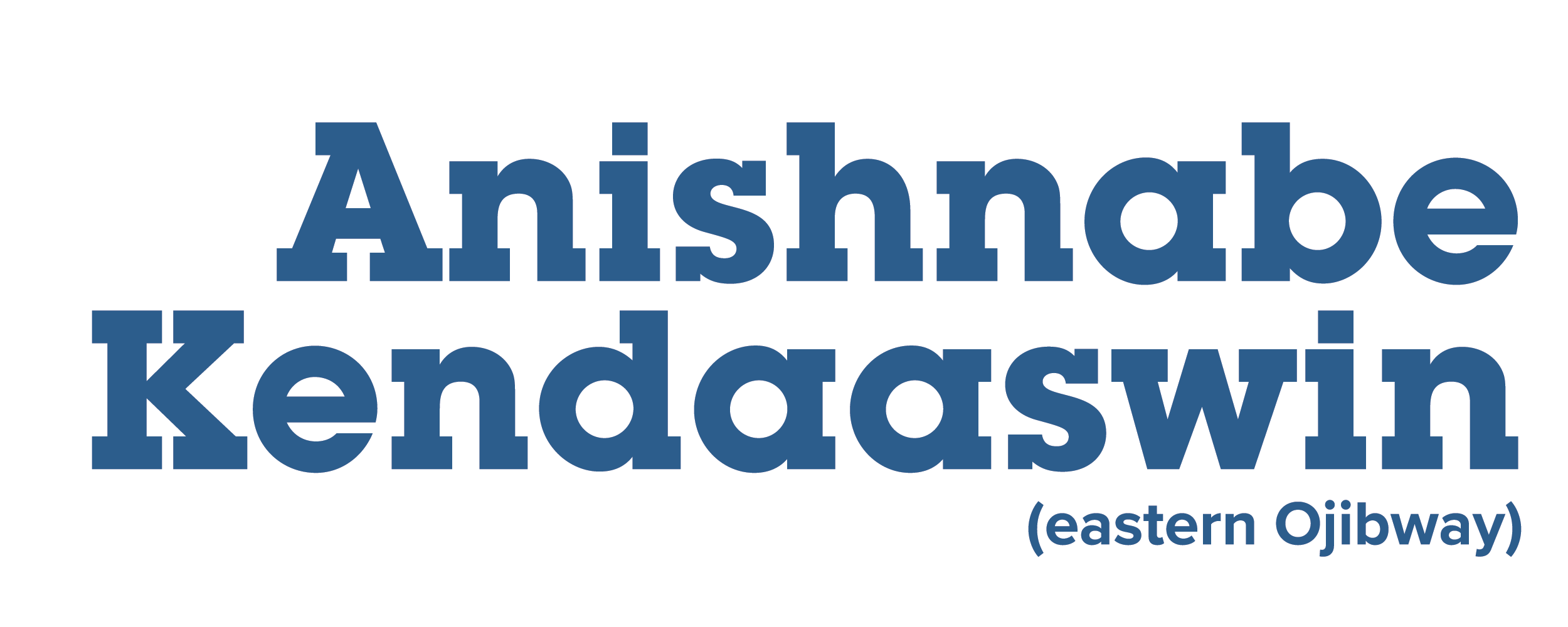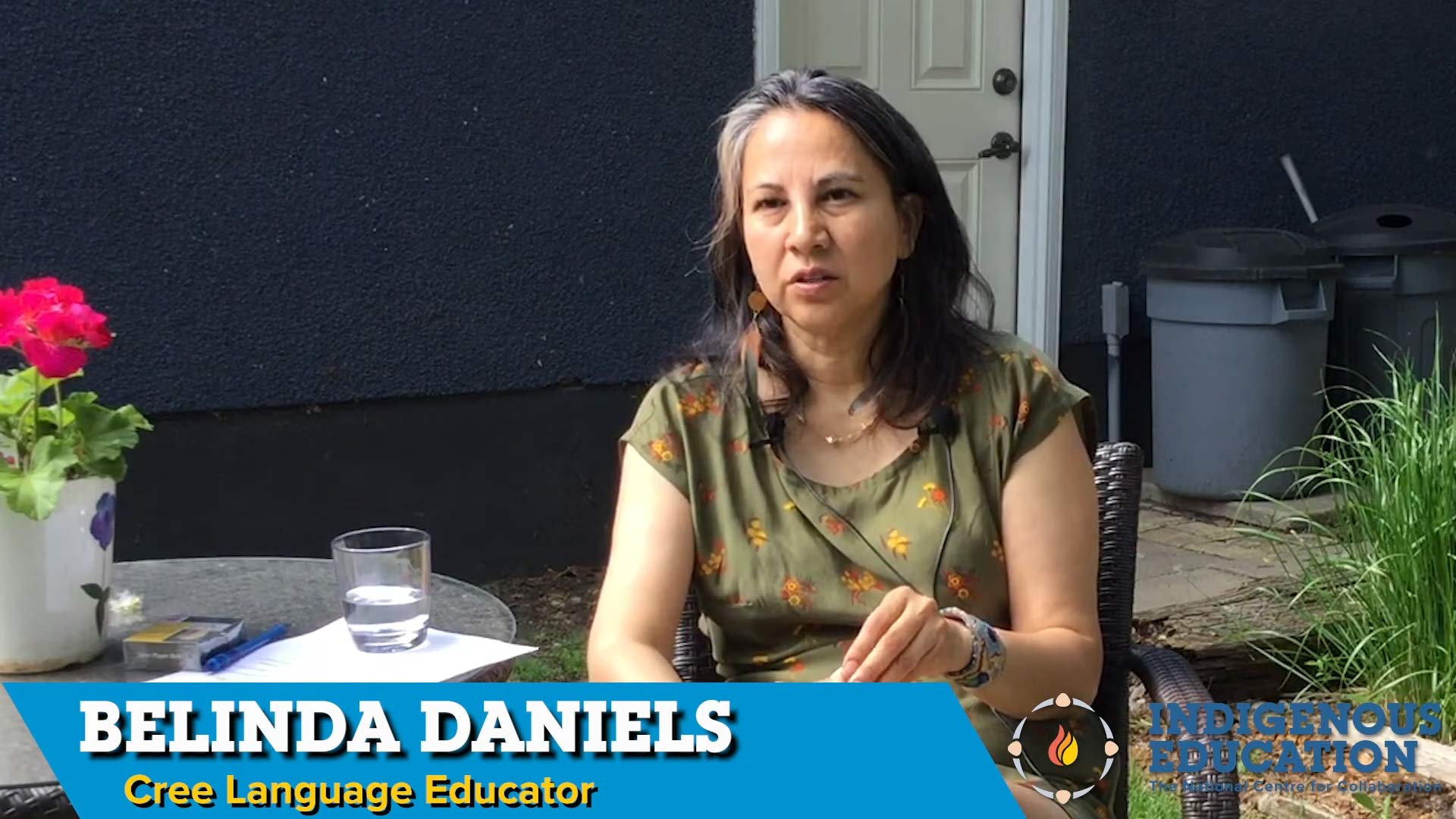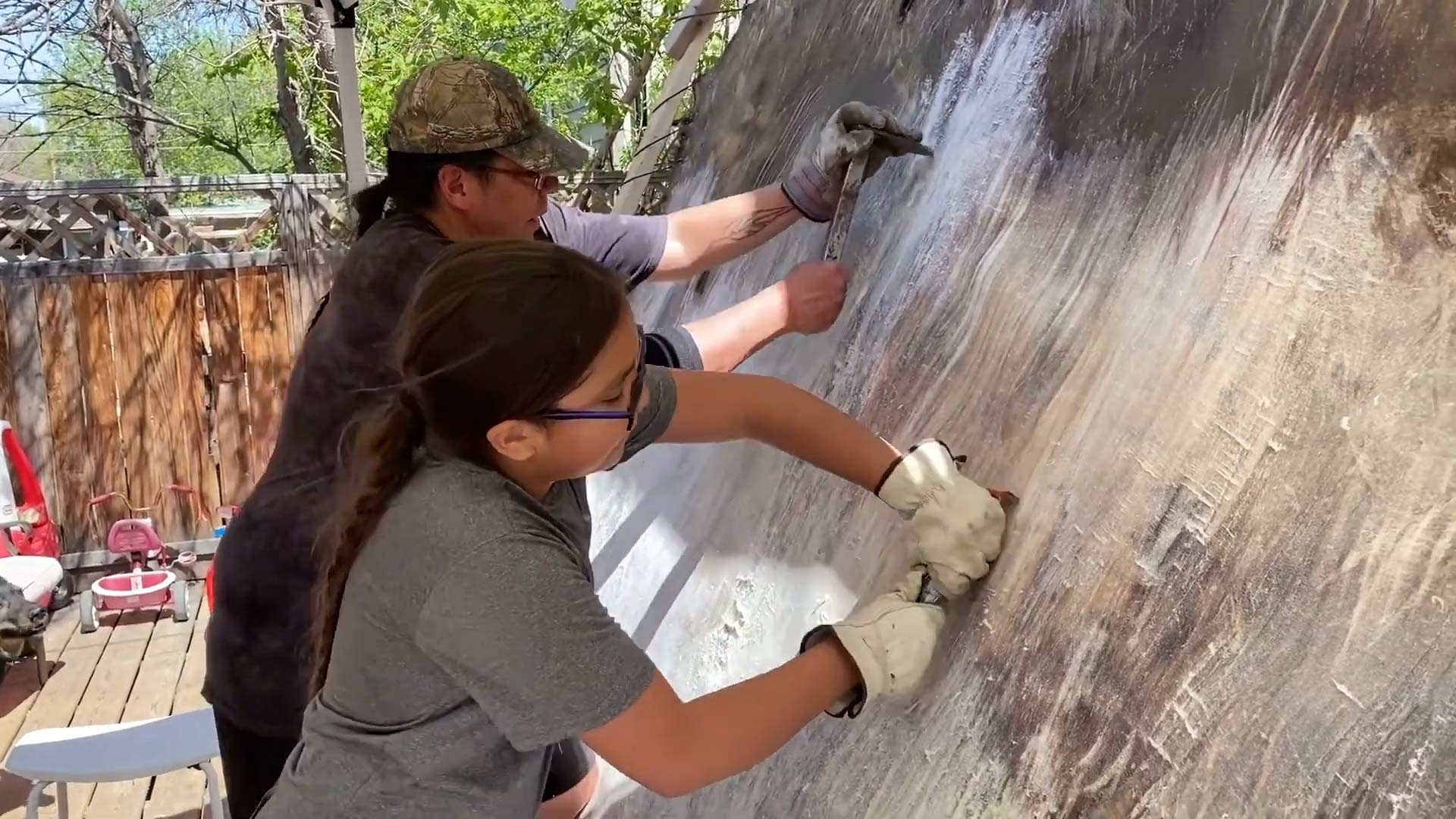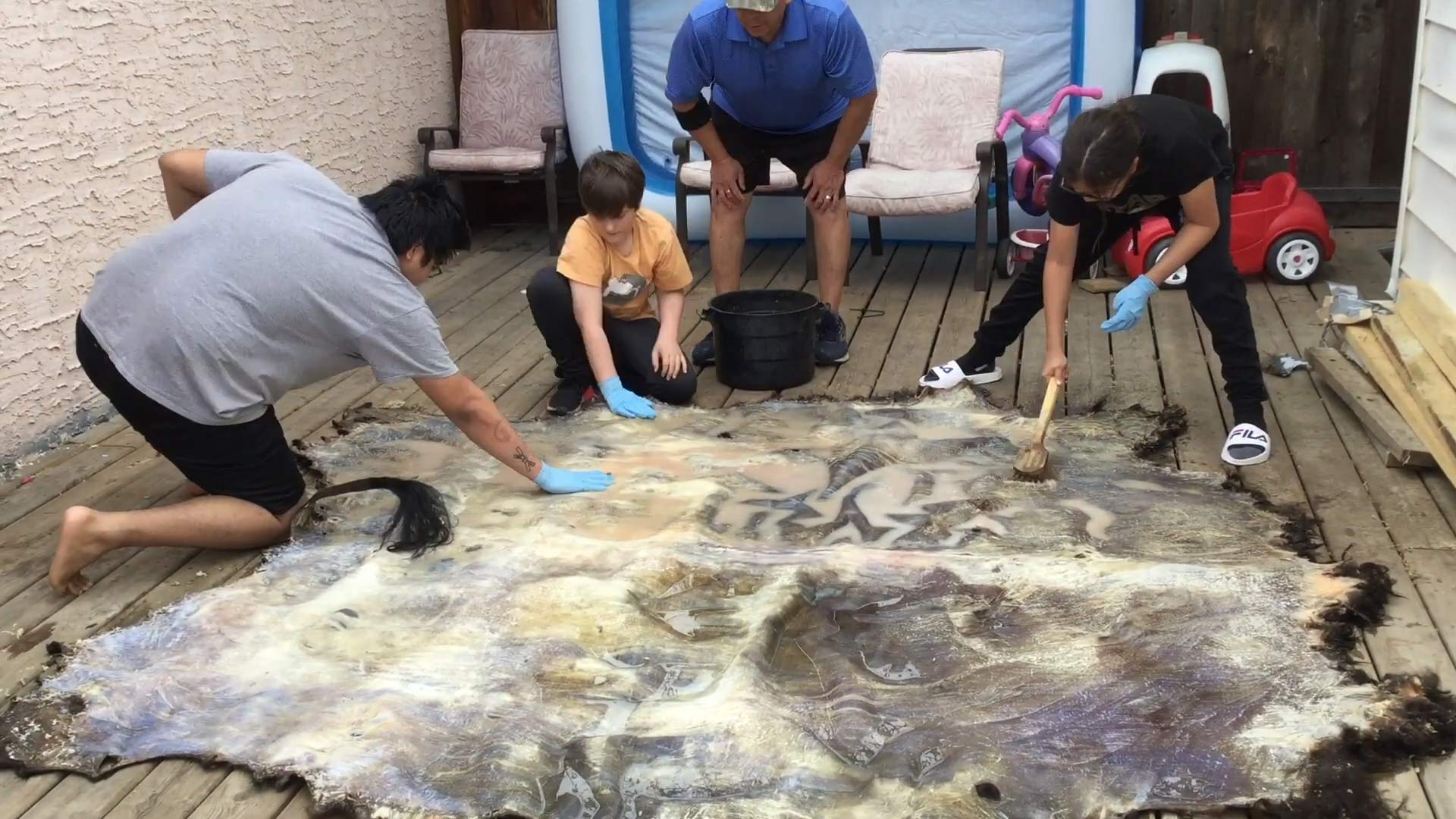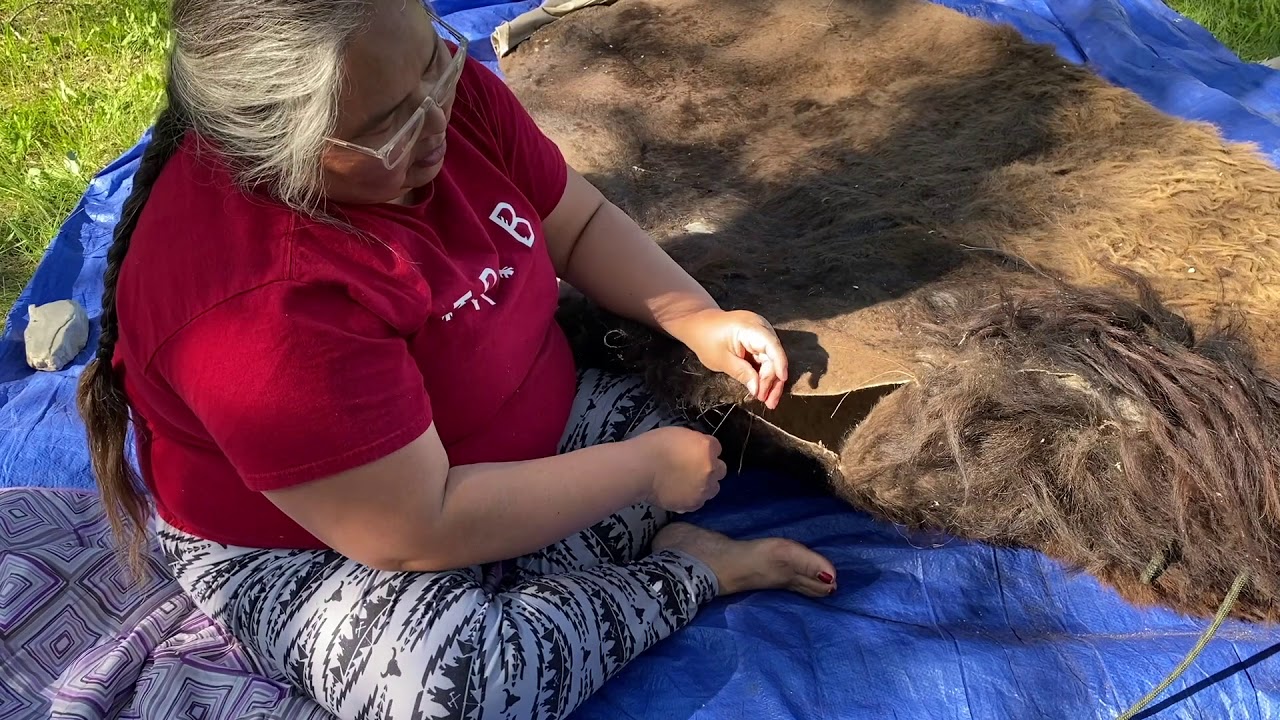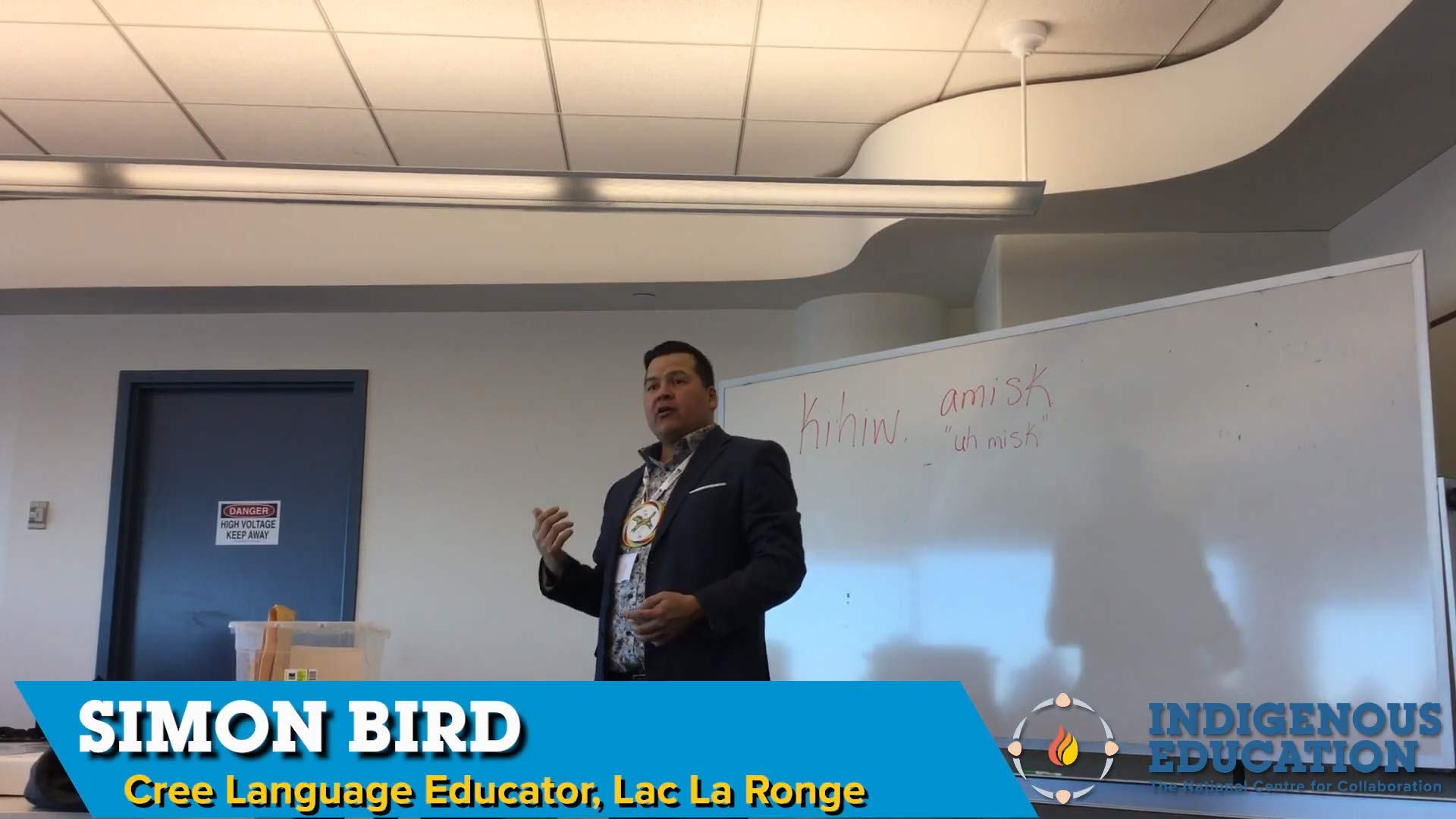Posted on February 3, 2021 by Steffany Salloum
The resilience of the buffalo is in our blood and we must re-learn and remember our relationship with the buffalo.
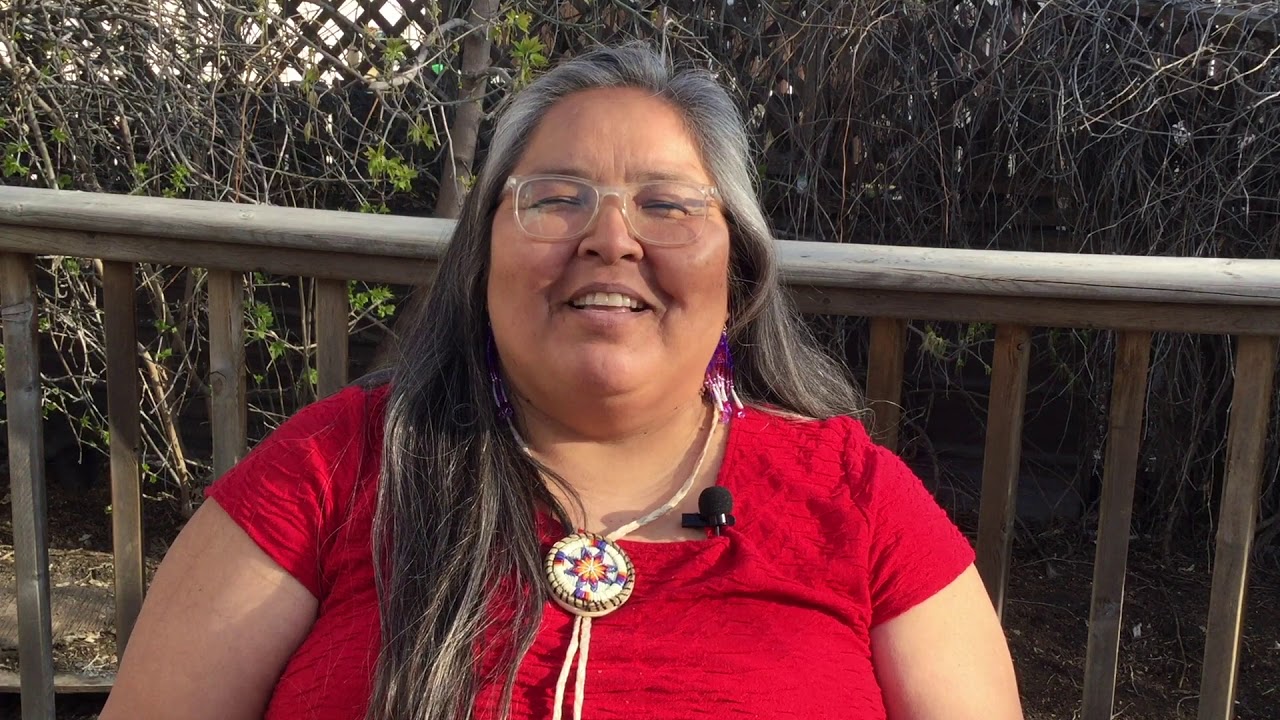
Joely BigEagle-Kequahtooway and Lorne Kequahtooway are artists and leaders behind the Buffalo People Arts Institute (BPAI). Founded in 2015, BPAI became a non-profit organization whose mission is to share traditional Indigenous teachings and knowledge in order to raise social consciousness and create awareness of the power and strength drawn from blood memory and our connection to the buffalo.
In collaboration with NCCIE and Common Weal, BPAI documents the process of and teachings about buffalo hide tanning. This series of stories entitled, Buffalo Hide Tanning and Teachings, takes you on a journey of exploring connection to the buffalo while also reflecting on the social and historical realities of the buffalo and the people who rely on its survival.
Posted on by Steffany Salloum
In Part 2 of the series, Lorne shares his knowledge about and models making a buffalo bone scraping tool used on buffalo hides.
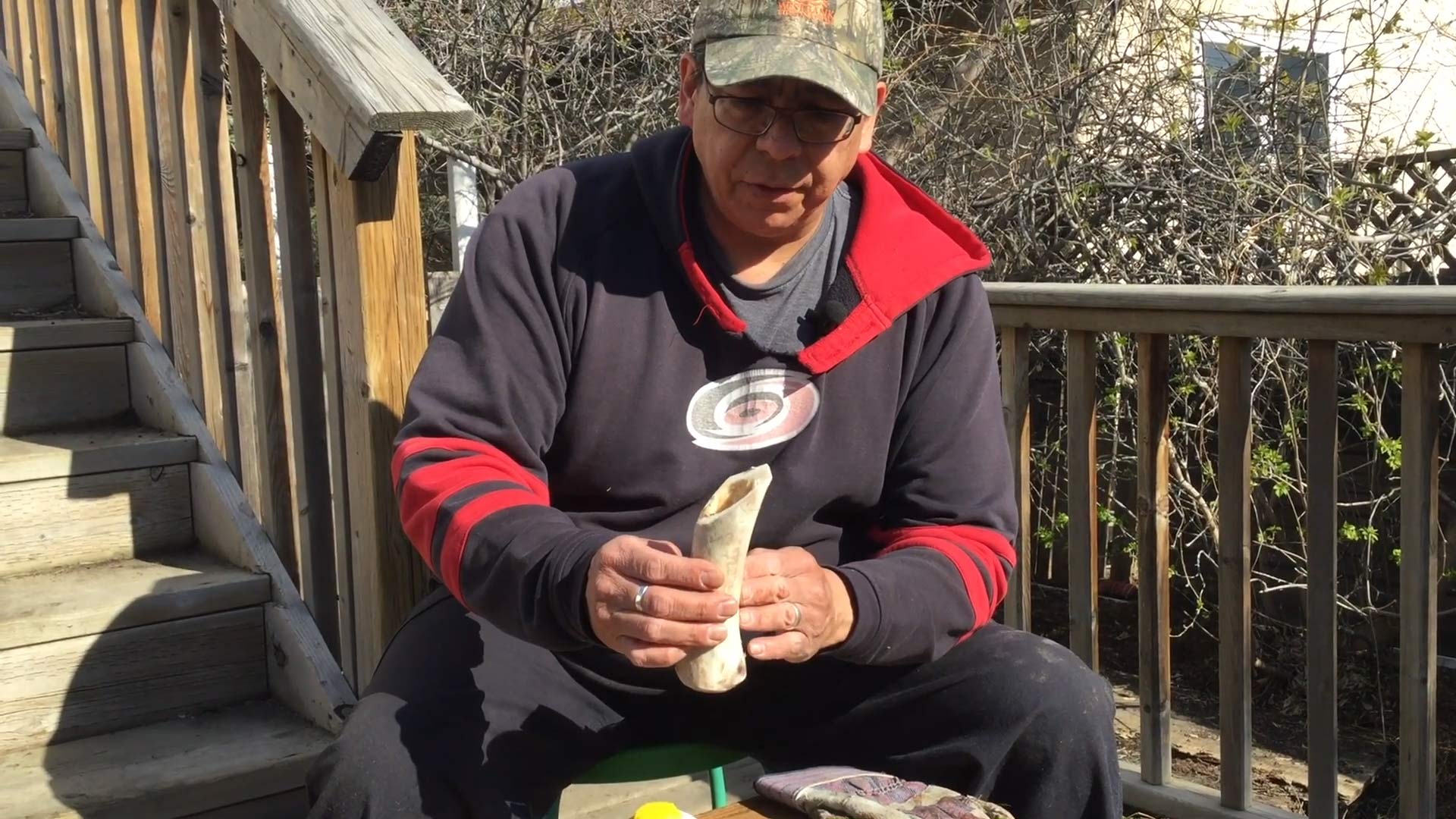
Lorne Kequahtooway walks the audience through a demonstration of traditional tool making while discussing the history of the tools. The first steps in making a buffalo or moose bone scraping tool is to boil the bones and remove any meat or fat left on the bone. Once the bone dries there may be hair or skin on the bone that needs to be removed. Then, the edge of the bone needs to be cut at a 60 degree angle with grooves cut into the angled edge creating a serrated edge. The serrated edge is filed and sharpened which allows for a more efficient hide scraping. The last step of this process involves drilling a hole through the bone to install a leather loop handle.
Joely BigEagle-Kequahtooway and Lorne Kequahtooway are artists and leaders behind the Buffalo People Arts Institute (BPAI). Founded in 2015, BPAI became a non-profit organization whose mission is to share traditional Indigenous teachings and knowledge in order to raise social consciousness and create awareness of the power and strength drawn from blood memory and our connection to the buffalo.
In collaboration with NCCIE and Common Weal, BPAI documents the process of and teachings about buffalo hide tanning. This series of stories entitled, Buffalo Hide Tanning and Teachings, takes you on a journey of exploring connection to the buffalo while also reflecting on the social and historical realities of the buffalo and the people who rely on its survival.
Posted on by Steffany Salloum
In Part 3 of the series, the Buffalo People Arts Institute prepare the buffalo hide for scraping.
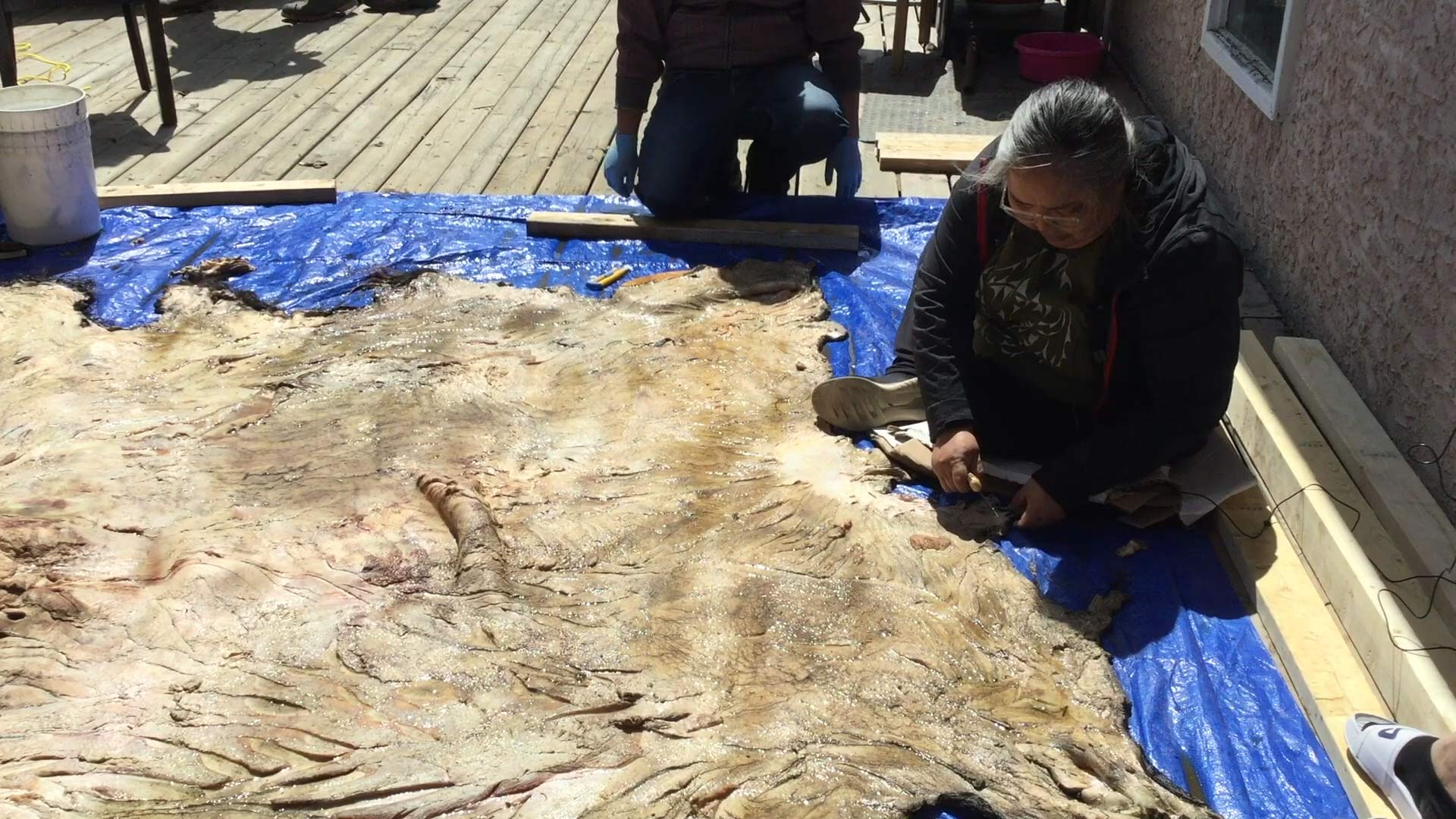
A lot of work goes into preparing the buffalo hide for scraping. First, you start by spreading out the hide and washing it, keeping it wet so it doesn’t dry out and harden. Before working on the hide it is important to smudge and pray for the hide, to work with it in a good way. It is important to remain open to the teachings of the hide and reflect while you are working on it. Then, in order to string up the hide it needs many holes cut into the edges of the hide. In order to make the holes it is important to cut the fat off from around the edges before it is strung up, otherwise it becomes too difficult scraping around the rope and holes. After the crew is done scraping around the edge and the holes are made, they can begin to make the 10×10 frame with which the hide will be tied to and strung up so that they can begin scraping.
Joely BigEagle-Kequahtooway and Lorne Kequahtooway are artists and leaders behind the Buffalo People Arts Institute (BPAI). Founded in 2015, BPAI became a non-profit organization whose mission is to share traditional Indigenous teachings and knowledge in order to raise social consciousness and create awareness of the power and strength drawn from blood memory and our connection to the buffalo.
In collaboration with NCCIE and Common Weal, BPAI documents the process of and teachings about buffalo hide tanning. This series of stories entitled, Buffalo Hide Tanning and Teachings, takes you on a journey of exploring connection to the buffalo while also reflecting on the social and historical realities of the buffalo and the people who rely on its survival.
Posted on by Steffany Salloum
In Part 4 of the series, the Buffalo People Arts Institute demonstrate hide scraping tips and techniques.
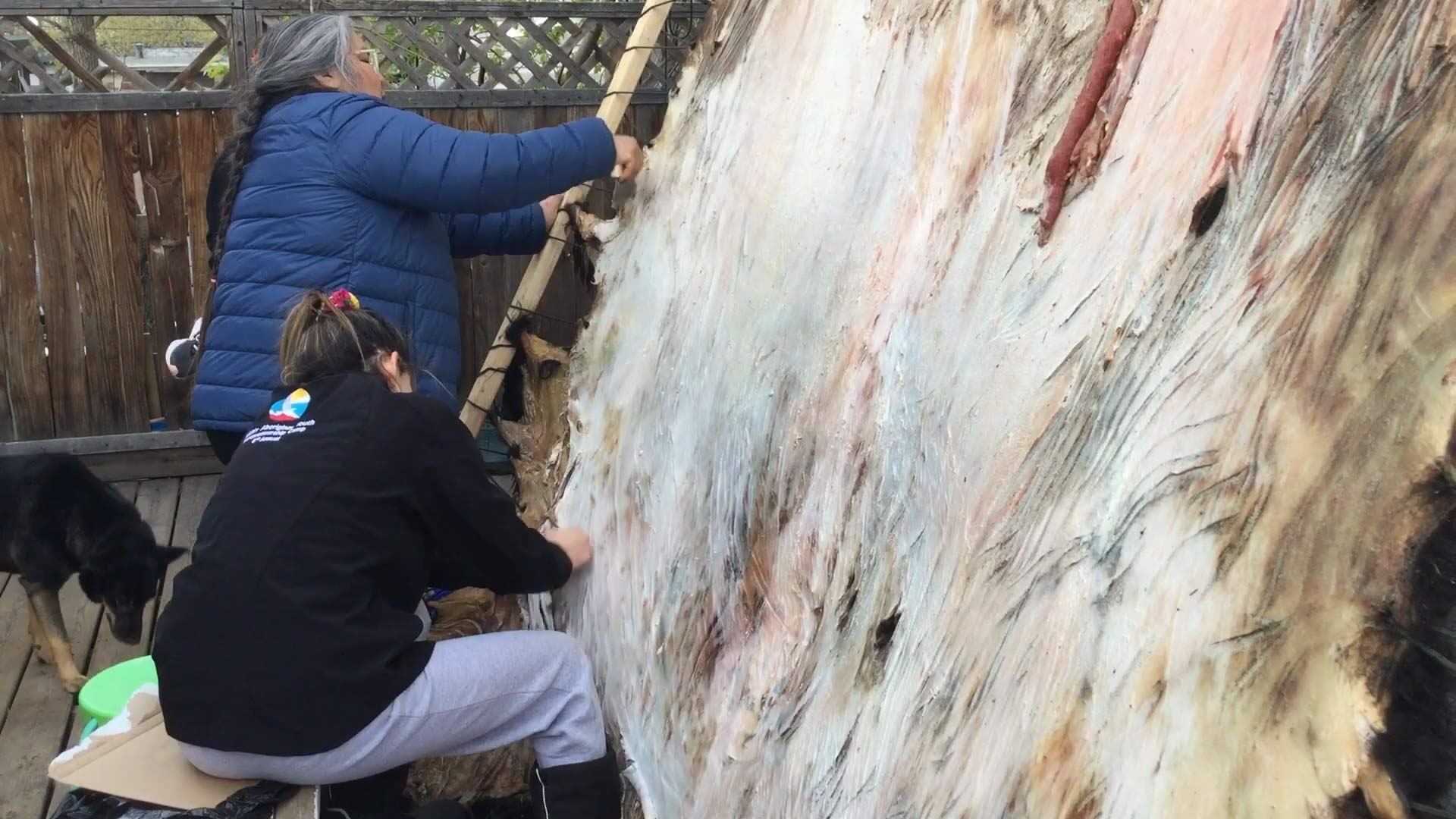
The meditative act of scraping a buffalo hide activates and re-awakens who we are through both physical and spiritual memories in our hearts and minds. As we do this work, we remember that our ancestors were trained from a young age to do this work and by knowing this we feel connected to them. We do this work together and are committed to seeing it through which bonds us as women. Joely BigEagle-Kequahtooway explains, “just like the buffalo we have made it through the dark times of colonization, and now we have to do this hard work to make it through the next parts.” For BigEagle-Kequahtooway, the buffalo feeds her spirit and by doing this work it makes her spirit happy – one lesson is to take actions that feed your spirit.
Joely BigEagle-Kequahtooway and Lorne Kequahtooway are artists and leaders behind the Buffalo People Arts Institute (BPAI). Founded in 2015, BPAI became a non-profit organization whose mission is to share traditional Indigenous teachings and knowledge in order to raise social consciousness and create awareness of the power and strength drawn from blood memory and our connection to the buffalo.
In collaboration with NCCIE and Common Weal, BPAI documents the process of and teachings about buffalo hide tanning. This series of stories entitled, Buffalo Hide Tanning and Teachings, takes you on a journey of exploring connection to the buffalo while also reflecting on the social and historical realities of the buffalo and the people who rely on its survival.
